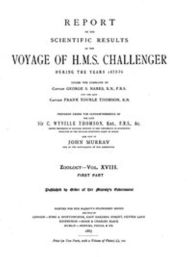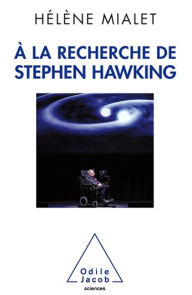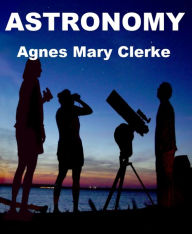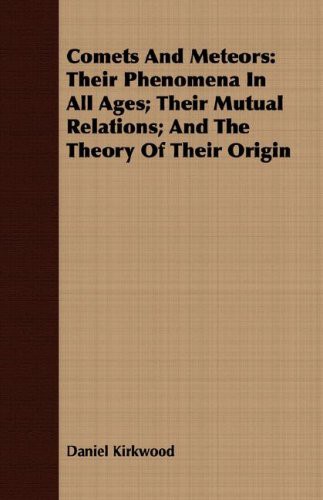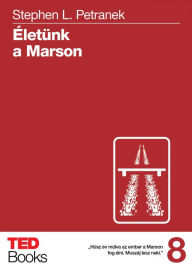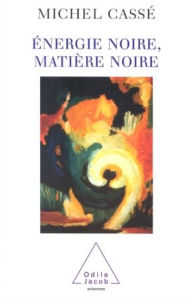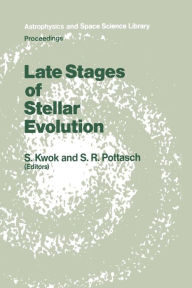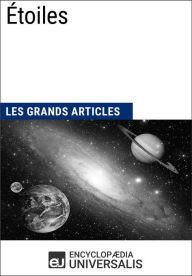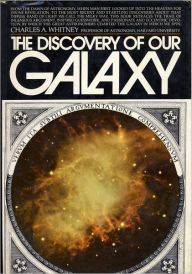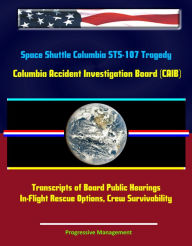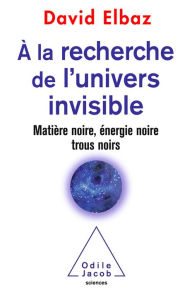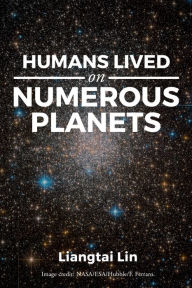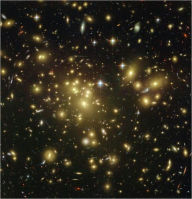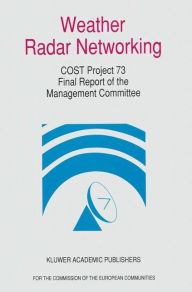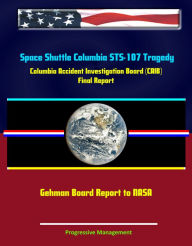Report on the Radiolaria Collected by H.M.S. Challenger During the Years 1873-1876, First Part: Porulosa (Spumellaria and Acantharia) (Illustrated) Er
by Ernst Haeckel
2020-04-24 08:08:42
Report on the Radiolaria Collected by H.M.S. Challenger During the Years 1873-1876, First Part: Porulosa (Spumellaria and Acantharia) (Illustrated) Er
by Ernst Haeckel
2020-04-24 08:08:42
The significance of the Radiolaria in regard to the relations of life in the ocean has been increased in a most unexpected manner by the discoveries of the Challenger. Large swarms of these delicate Rhizopoda were found not only at the surface of the...
Read more
The significance of the Radiolaria in regard to the relations of life in the ocean has been increased in a most unexpected manner by the discoveries of the Challenger. Large swarms of these delicate Rhizopoda were found not only at the surface of the open ocean but also in its different bathymetrical zones. Thousands of new species make up the wonderful Radiolarian ooze, which covers large areas of the deep-sea bed, and was brought up from abysses of from 2000 to 4000 fathoms by the sounding machine of the Challenger. They open a new world to morphological investigation.When ten years ago (in the autumn of 1876) I accepted the enticing invitation of Sir Wyville Thomson to undertake the investigation of these microscopic creatures, I hoped to be able to accomplish the task with some degree of completeness within a period of from three to five years, but the further my investigations proceeded the more immeasurable seemed the range of forms, like the boundless firmament of stars. I soon found myself compelled to decide between making a detailed study of a selection of special forms or giving as complete a survey as possible of the varied forms of the whole class; and I decided upon the latter course, having regard both to the general plan of the Challenger Reports, and to the interests of our acquaintance with the class as a whole. I must, however, confess at the close of my work that my original intention is far from having been fulfilled. The extraordinary extent and varied difficulties of the undertaking must excuse the many deficiencies.The special examination of the Challenger collection was for the most part completed in the summer of 1881; I collected its results in my Entwurf eines Radiolarien-Systems auf Grund von Studien der Challenger-Radiolarien (Jenaische Zeitschr. f. Naturw., Bd. xv., 1881). Since the manuscript of this preliminary communication was completed only a few days before my departure for Ceylon, and since I was unable to correct the proofs myself, several errors have crept into the Prodromus Systematis Radiolarium included in it. These have been corrected in the following more extensive working out of it. Even at that time I had distinguished 630 genera and more than 2000 species; but on the revision of these, which I undertook immediately on my return from India, this number was considerably increased. The total number of forms here described amounts to 739 genera and 4318 species; of these 3508 are new, as against 810 previously described. In spite of this large number, however, and in spite of the astonishing variety of the new and marvellous forms, the riches of the Challenger collection are by no means exhausted. A careful and patient worker who would devote a second decade to the work, would probably increase the number of new forms (especially of the smaller ones) by more than a thousand; but for a really complete examination, the lifetime of one man would not suffice.The richest source of the Challenger material is the Radiolarian ooze of the central Pacific Ocean (Stations 265 to 274). This remarkable deep-sea mud consists for the greater part of well-preserved siliceous shells of Polycystina (Spumellaria and Nassellaria). Not less important, however, especially for the study of the Acantharia and Phæodaria, are the wonderful preparations stained with carmine and mounted in Canada balsam on the spot by Dr. John Murray. One such preparation (e.g., from Station 271) often contains twenty or thirty, sometimes even fifty new species. In many of these preparations the individual parts of the unicellular organism are so well preserved that they show clearly the characteristic peculiarities of the legions and orders. Since the material for these preparations was taken with the tow-net, not only from the surface of the sea but also from different bathymetrical zones, it furnishes valuable conclusions regarding the chorology, as well as the physiology and morphology of the group. For many new discoveries I am indebted to the study of such preparations, of which I have examined about a thousand from 168 different Stations (compare § 240). In addition to these about 100 bottles were handed to me, containing partly bottom-deposits, partly tow-net gatherings.Sir Wyville Thomson, who directed the investigations of the Challenger with so much devotion, and only partly saw its results, has laid me under a deep debt of obligation; not less is this the case, however, with his successor, Dr. John Murray. I am especially indebted to both gentlemen for the freedom they have allowed me in the carrying out of my work, and especially for the permission to include a description of all known Radiolaria in the Challenger Report, which has thus become a second edition many times enlarged of my Monograph published in 1862. Since all previous literature of the subject has been consulted and critically revised,
Less


